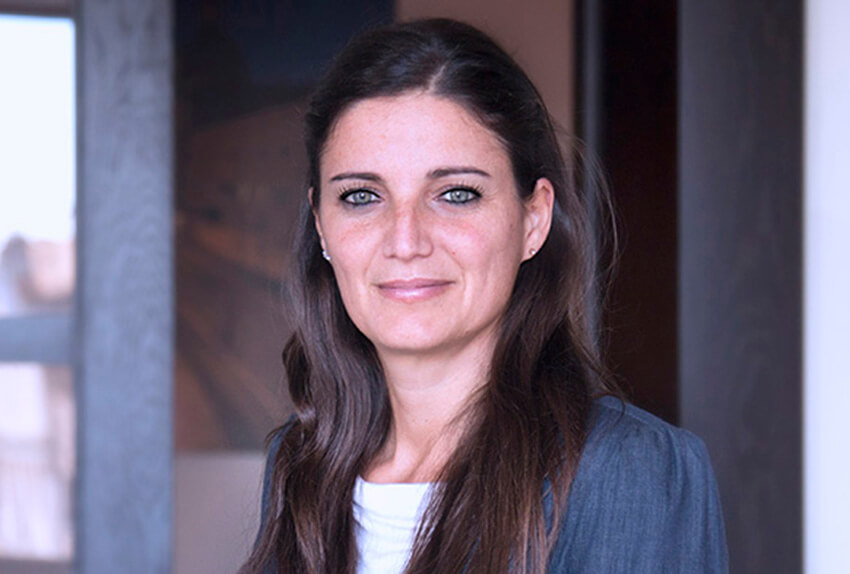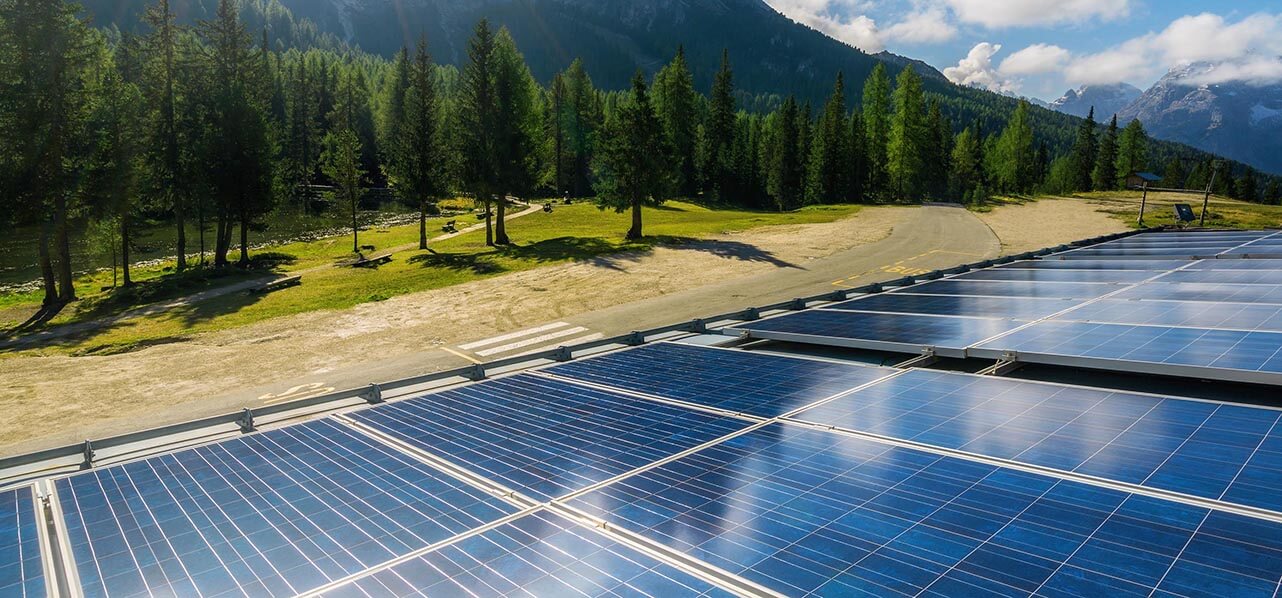On 17 July 2020, Law Decree no. 76, known as the “Decreto Semplificazioni” (or the “Decree”), on “urgent measures for simplification and digital innovation” came into force. The Decree was published in the Official Gazette on 16 July 2020 and must be converted into law within the next 60 days (noting amendments are possible) or risk losing its effectiveness.
The remit of the Decree aims to simplify procedures for the following: (i) public contracts and construction; (ii) public procedures and responsibilities; (iii) digital administration; and (iv) business, environment and green economy activities.





